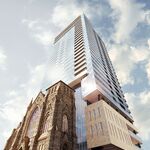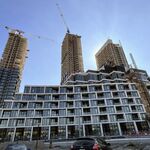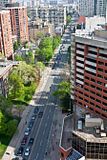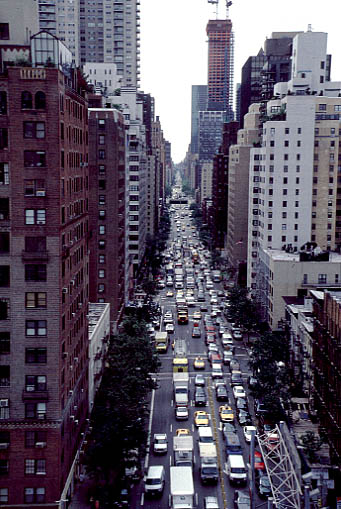GraphicMatt
Looking forward to a FRESH START for Toronto
The point is you're not comparing apples to oranges. You're comparing what you want to compare only because it makes your argument sound better. Too bad it's not the whole truth. An honest comparison is an apples to apples comparison ie. with bike lane vs. without bike lane. If you want to remove that turn, then the valid comparison is with bike lane without that turn vs. without bike lane, without that turn.
Without that turn (or those turns as the case may be), and 5 lanes, the Jarvis trip by car would likely be even faster than it was before.
Yes, and if you removed all the traffic lights it would be even MORE faster!
Transportation Services will make modifications to the Jarvis & Gerrard intersection sometime this summer which will improve traffic flow. With this done, car trips on Jarvis are expected to take only one-to-two minutes longer than they did prior to the change.
Now that the lanes are there, you need a damn good reason to remove them. An easily-solvable design problem does not qualify as a damn good reason.









